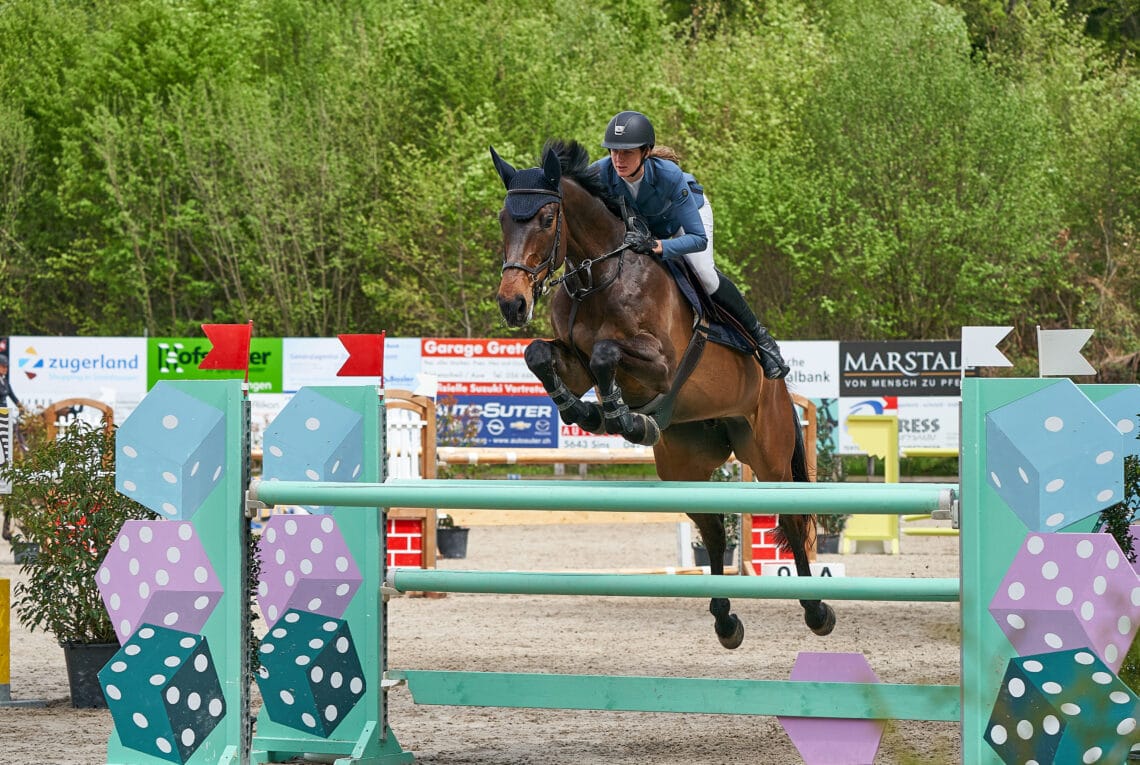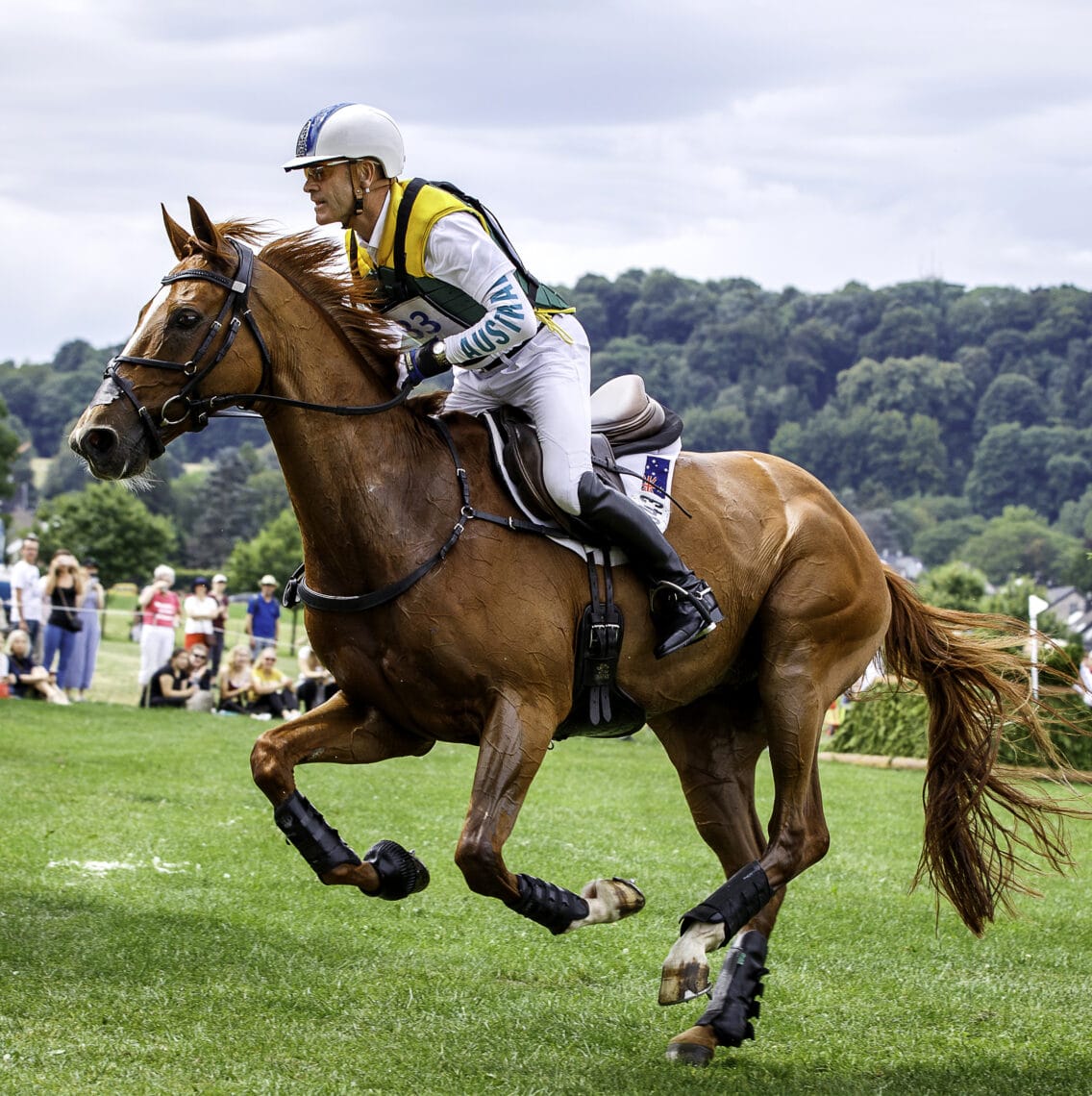Equine nutritionist DR BABAK NOBARI PhD, MSc, BSc, takes an expert look at what you can do to support a beautiful, well-built, and impressive performance horse.
A beautiful horse is a healthy horse. In addition to a healthy and shiny coat, beautiful mane and tail and healthy hooves, well-built muscles are among the most critical aesthetic indicators in any horse.
For a healthy horse, a combination of optimised exercise, customised nutritional support, and regular monitoring of their body condition score (BCS) results in bulking up and muscle building. An excellent topline (a smooth transition from neck to withers), proportionate lengths to the neck, back, and hip with a tucked tummy are promising signs of a successful start to muscle building.
Muscle building science
We need to understand that muscle tissues have a dynamic environment, with a continuous turnover of muscle cells (degeneration and regeneration). While a high-quality pasture or hay may be adequate to meet the nutrient requirement in an average idle horse, active, athletic horses under training have an increased demand for nutrients to support the elevated physiological functions and to maintain/or gain muscle mass.
Optimal nutrition aligned with the intensity and duration of training increases muscle gain via acceleration of muscle cell regeneration and suppression of degeneration. So, we need to have a customised nutrition and feeding approach to match the horse’s training load and nature.

The question is, how?
Horse nutrition is an art, a harmony of physiology, biochemistry, biomathematics, and system biology sciences. An optimised diet is a delicate balance of all required nutrients and not just a single nutrient’s piling. Hence, a targeted diet for supreme training and build-up of a horse must include;
- essential and limiting amino acids and protein for muscle repair and recovery,
- carbohydrate and fat appropriately timed for fuel, and;
- vitamins and minerals for fine tuning of biochemical reactions, along with nutrient digestion and absorption enhancers.
Protein for training and topline
Muscle fibers are structurally specialised protein complexes that need amino acids as building blocks for protein, and energy to fuel up the building process. Re-grading protein requirements doesn’t mean that excess protein will maximise topline building or improve a horse’s performance. However, a healthy horse needs a balanced amino acid profile in the diet, which means high-quality, balanced protein sources.
Besides Lysine, an abundant amino acid in muscle tissues, branched-chain amino acids (BCAA) constitute about one-third of the muscle’s protein. It has been scientifically demonstrated that Leucine, Valine, Isoleucine, and Glutamic acid as BCAA play a crucial role in stimulating protein synthesis. In equine studies, it has been well established that the protein synthesis stimulating effects of BCAA help in the recovery process from exercise, glycogen restoring, and delaying fatigue by increasing the lactate production threshold during exercise.
Energy for training and topline
Energy intake has an essential effect on the capacity to build muscle. Several studies have shown that higher energy intake, combined with progressive resistance training, induces greater increases in muscle mass gain and a better topline build up when compared to lower energy intake. Still, overconsumption of energy can also result in increased fat deposition. Therefore an equine nutritionist’s main challenge in formulating energy for horses in training is balancing a caloric surplus threshold that delivers maximal topline and muscle building with minimal body fat increases.
A balanced diet for slow-release and fast-release energy with energy partitioning from fat, carbohydrate and soluble fibre energy sources helps with achieving these goals. The aim of building an excellent topline is essentially a game of well-tailored energy partitioning, or ensuring that most of the calories your horse consumes are used to build and fuel muscles.

What is energy partitioning?
During training and competing in all disciplines, the work is a blend of anaerobic and aerobic activity, so all the physiological fuel systems are in play. Energy partitioning describes the relative contribution of different nutrients such as fat, non-structural carbohydrates (NSC), protein and fibres into the different pathways of energy generation at different stages of exercise and during different types of activity.
It’s important to look for a feed that has diverse and balanced sources of slow-release and fast-release energy pools, which helps riders and trainers to feed the best combination of dietary energy sources to meet an individual horse’s fuel needs for the desired performance and topline building, as well as meeting that horse’s specific metabolic needs.
Feeding for topline development
Feed must be explicitly formulated with developing topline in mind, and contain essential nutrients for muscle repair and development, brilliant coat shine and hoof integrity. This means an optimised amino acid profile that includes essential amino acids Lysine, Threonine and Methionine, and branched-chain amino acids to support muscle development, protection and repair. Targeted multiple fuel sources not only support a more rapid recovery of muscle cell integrity after exercise, but also support muscle development for a more athletic body type.
Feed should also be fortified with quality micronutrients nutritionally balanced to complement the horse’s total ration, and added antioxidants, including Vitamin E, help address the adverse effects of free radicals.

What about gut health products?
Look for an all-natural, fermentation-based product especially formulated for equine diets, which has been produced using anaerobic Saccharomyces cerevisiaefermentation technology. This process produces metabolites that not only promote and encourage robust digestive health, but also improve the immune system’s resilience and function. Some all-natural, equine specific products offer scientifically proven benefits:
How long does it take?
Topline building can take several weeks to several months and is subject to both proper nutrition and disciplined regular exercise. If your topline building program is working, you won’t have to wait long to start seeing changes. Generally speaking under a good feeding and exercise practice, you should see topline improvement after eight to twelve weeks.
The benefits of a concentrate
Concentrates formulated with premium quality ingredients to meet the demands of performance horses are tailored for topline development, muscle strength and repair. A concentrated low-dose muesli feed may be fed as a horse’s sole ration along with quality hay or pasture to provide the proper balance of protein, vitamins and minerals. It can also be fed with unfortified whole grains like oats, barley or corn.
Visit barastochorse.com.au to learn about their performance feeds, and to access their nutrition tools and calculators to find the right diet for your horse.



